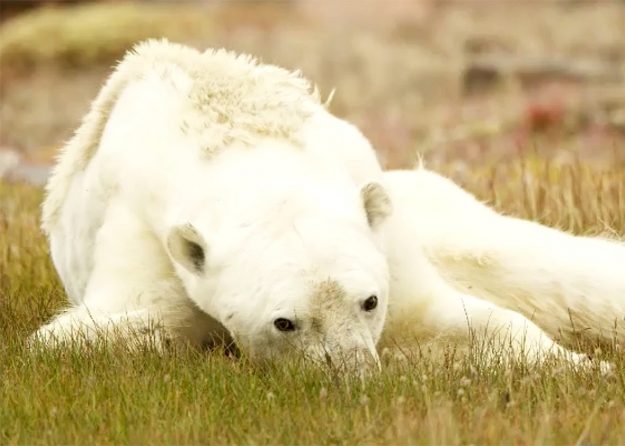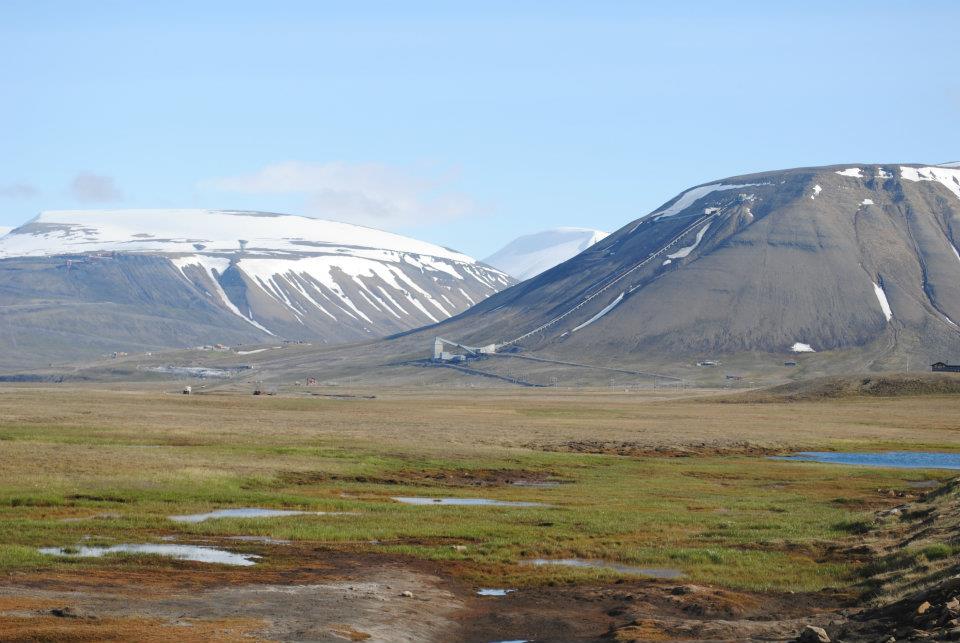Authors: Justiina Dahl and Peder Roberts
Images of a starving polar bear foraging through trash in a rather green northern Canadian landscape recently went viral. Paul Nicklen of Sea Legacy, who recorded the footage, placed the suffering of this individual bear in the wider context of climate change, “to convey a larger message about how a warming climate has deadly consequences.” Reporting soon became more cautious and the bear was even presented as evidence of how the media keeps getting the Arctic wrong.
There is some truth in both positions. Climate change is affecting sea ice levels, and will almost certainly affect traditional bear habitats for the worse. But what contemporary discussions tend to overlook is that polar bear populations were stressed well before climate change became recognized as an issue. The 1973 Agreement on the Conservation of Polar Bears, signed by all countries that have polar bear populations, was a specific response to a sense that polar bear numbers were in retreat due to recreational human hunting. All this raises a bigger question. What is it about this animal that makes it so symbolically powerful, and how has this shaped its conservation?
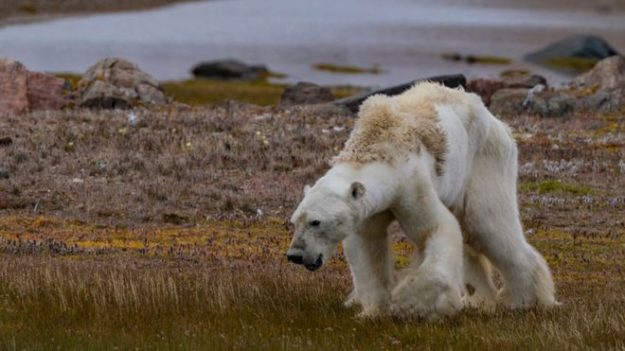
From individual trophy hunting to international cooperation
Indigenous Arctic residents have long hunted polar bears. The long-term patterns of this subsistence hunt require a high degree of practical knowledge about polar bears and their ways – knowledge that comes from living in surviving in that same Arctic environment. Sport hunting, which was one of the more divisive questions when negotiating the 1973 Agreement, derives much of its appeal from the idea of conquest, the white person (usually but not always a man) who travels to a distant, exotic, and often inhospitable land and comes home with a trophy to prove his superiority. Much the same was true for those who worked in the Arctic and returned to their southern homes with a bear-skin souvenir.
Individual national governments started to impose their own bans on polar bear hunting from the late 1950s, motivated largely by evidence that populations were in decline. These motivations were later accompanied by a wider sense that the winds of public opinion were blowing green, symbolized by the 1972 Stockholm Conference on the Human Environment. The 1973 Agreement did two things. Firstly, it committed its five national signatories to a program of practical action by preventing polar bear hunting with a small number of designated exceptions, and to collecting more data to enable sound management. Secondly, it used the bears as symbols of their of “common will and desire to protect the whole of the Arctic natural environment”, as Norwegian environment minister Tor Halvorsen put it in his opening address to the final negotiating session.
The Agreement proved broadly successful in protecting polar bears from human hunting, and in focusing attention on the ecosystems upon which their survival depended. It did not however lead spill over into larger-scale Arctic environmental cooperation between the five circumpolar states, something Norway in particular desired. In the revision meeting of the parties of the Agreement five years after its ratification in 1981, the Norwegians attempted to enlarge the treaty again. Part of the reason was the political situation in Svalbard. Indeed, Erik Lykke from the Norwegian government delegation confided to a Canadian diplomat during the meeting that his government wanted a multilateral approach to Arctic environmental management because it worried about the USSR isolating Norway in a bilateral agreement over the sensitive Svalbard archipelago.
It was only when Soviet premier Mikhail Gorbachev made a now-famous speech in Murmansk in 1987, calling for a de-escalation of tensions in the Arctic, that space opened for this larger-scale multilateral environmental cooperation. The concept of “charismatic megafauna” offers one explanation for why even though the Arctic states succeeded in multilaterally protecting the polar bear, it took nearly twenty years to achieve this desired spillover effect.
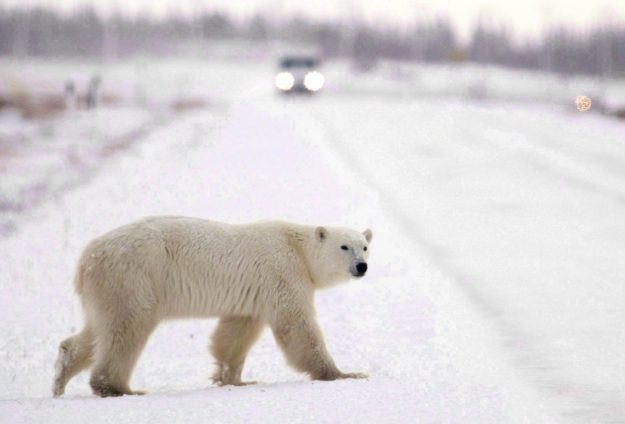
Charismatic megafauna
The history of the conservation of the polar bear is in many ways a classic example of charismatic megafauna – a term used to described animals whose combination of size, grandeur, and cultural resonance makes them ideal vehicles through which particular values or arguments can be advanced. Cultural resonance is not inherent in the animal: it is a human product that says at least as much about the people for whom the polar bear possesses meaning (and the culture they are part of) as it does about the bear itself. As a recent comment piece in Nature put it, charismatic megafauna are “large, interesting animals that the public — and donors — love.”
In the context of collective Western history with the polar bear, part of the emotional effect of the contemporary Nicklen footage comes from the incongruence of a majestic predator, king of an icy domain, being reduced to an emaciated bag of bones within a landscape defined by human presence (trash and a snowmobile). This is why Nicklen refers to polar bears as “unwitting mascots of climate change”, whose kingdom retreats with the sea ice. The conception of polar bears as vulnerable in turn relies upon a conception of humans as powerful. (This is perhaps why some at the 1981 meeting worried about the effect on public opinion in favor of bear protection if the bears caused too many human fatalities.) In relation to the success factors behind the polar bear treaty, we find it tempting also to wonder whether there is a parallel with the great whales.
The collapse of Antarctic numbers led to the collapse of the Antarctic whaling industry, and ultimately to an international moratorium on commercial hunting that was signed in 1982. In the process whalers have become demonized figures in many (though certainly not all) parts of the world, at the same times as that the whales themselves have ceased to be regarded as floating oil barrels and have even been regarded by some as possessing sentience. Banning whaling has proved much easier than banning the other activities that interfere with their habitats, from waste dumping to sonic pollution. In the same way, banning the commercial hunting of polar bears is far easier than addressing the underlying causes of anthropogenic climate change.
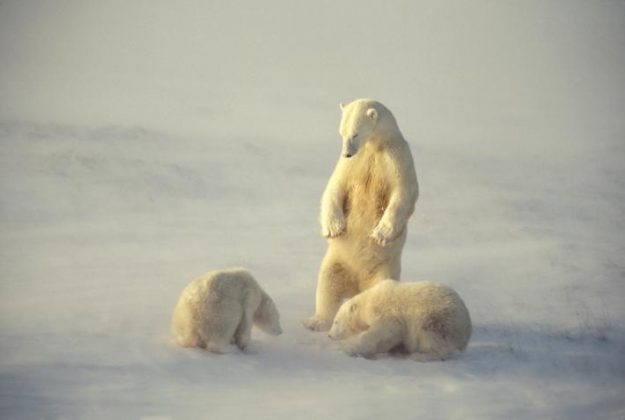
What should we make of the starving bear?
So what should we make of the starving bear? It’s clearly an image designed to evoke emotion, and there is not necessarily anything wrong with that. Climate change is an important issue that will affect polar bears in general – even if this individual bear might have been suffering from cancer rather than being the victim of retreating sea ice. What is more problematic is trying to draw overarching conclusions on polar bears in particular and the role of humans in the Arctic in general based on a single uncertain albeit charismatic data point. The International Union for the Conservation of Nature, which had a leading role in the negotiations for the 1973 agreement, is cautious about making its assessment of polar bear populations appear “more reliable than it really is”, despite considerable effort invested in surveying their numbers. This attitude echoes the Intergovernmental Panel on Climate Change’s reluctance to make aggressively specific predictions. That’s not an attitude that seems to have much traction in the current political and cultural moment.
